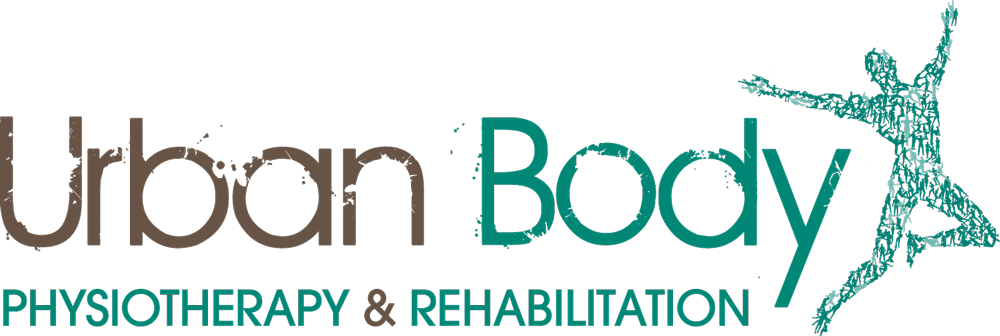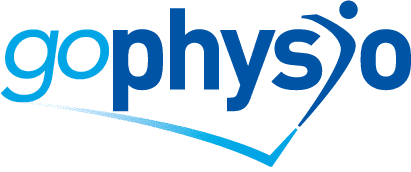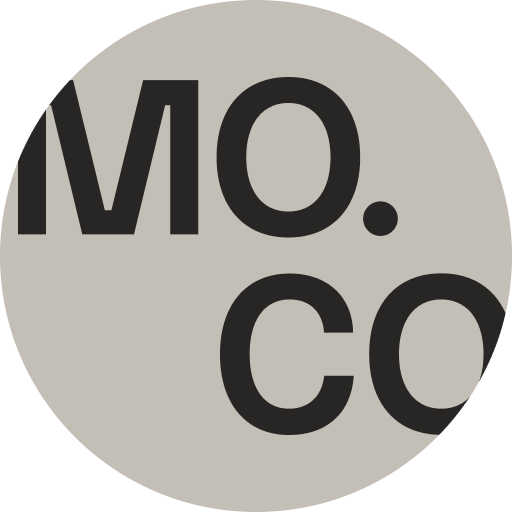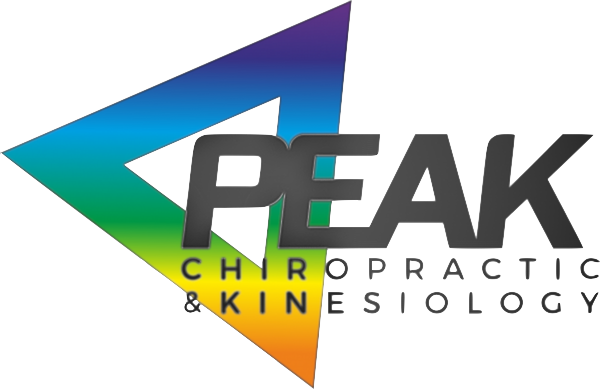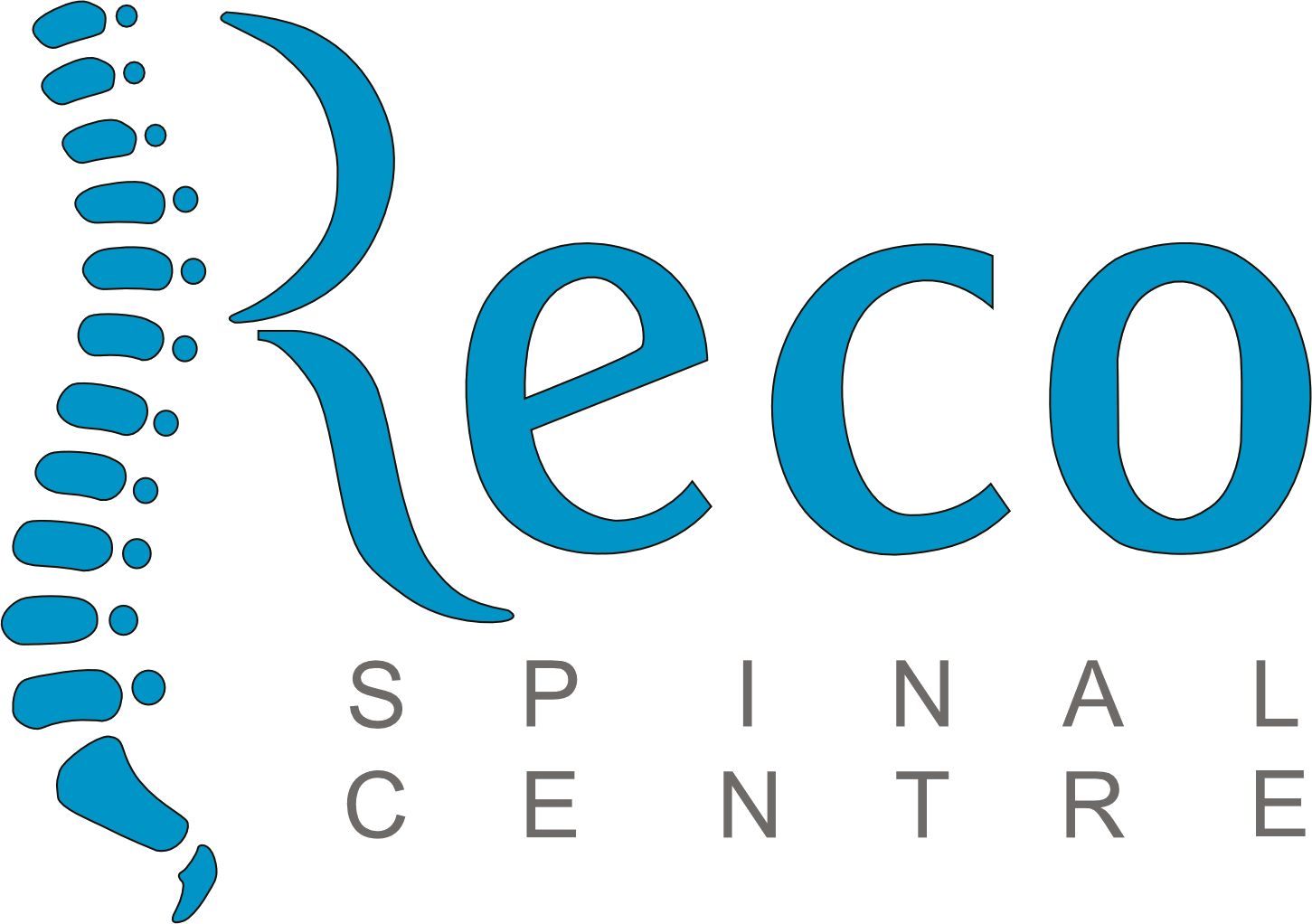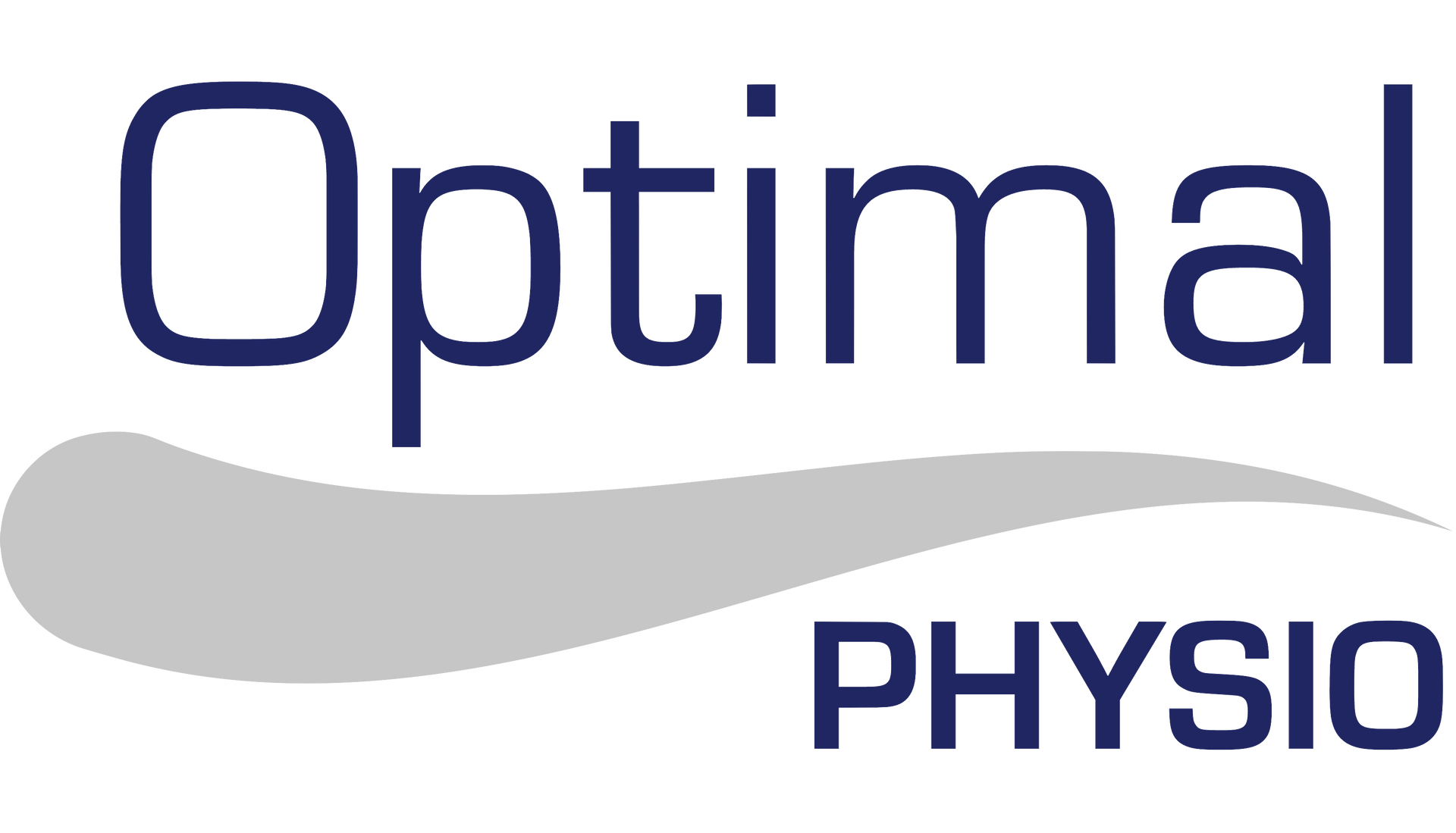By Charles Howes
•
December 29, 2025
In this CRO Case Study, find out how we migrated a client’s practice management software to a URL based form submission, that increased leads, reduced ad-spend, and streamlined the booking process for patients, all within a month. Background For customers and patients, the booking system can be the biggest cause of frustration. In the hospitality sector, abandonments are typically between 80% to 85%; for travel customers, the abandonment rate can go up to 95%. At KLATCH, we know this data isn’t just anecdotal. Having worked with over 30 clinics, at the start of a partnership, we typically see abandonment rates between 80% and 90, regardless of the current third party platform. The Challenge We were approached by an established clinic early in 2025, they outlined three problem areas: Limited bookings online Expensive lead generation Growing abandonment rates Website optimisations, paid search campaign refinement, drove initial success, but we knew something was holding the client’s growth back; the booking system. At a glance we could see the problems with the system immediately: Journey spread across nine steps pages, excluding completion page Multiple data entry points, with redundancies Overwhelming user choice in variable options Drop off spikes when availability was low Slow load time and clunky interface A change was needed. The Solution We scaled back the system to a single page form, reducing as much friction as possible. Eight entry points (seven mandatory) Removal of multi-stage booking process No location or clinician selection Calendar/time booking reduced to three, single selection options Clear labelling, simple interface We limited this form to new patients only to provide comparison month on month, and see where further improvements could be made if needed. The Outcome The booking form was introduced on the last day of month 6, during the industry summer lull, almost immediately we could see the results.







